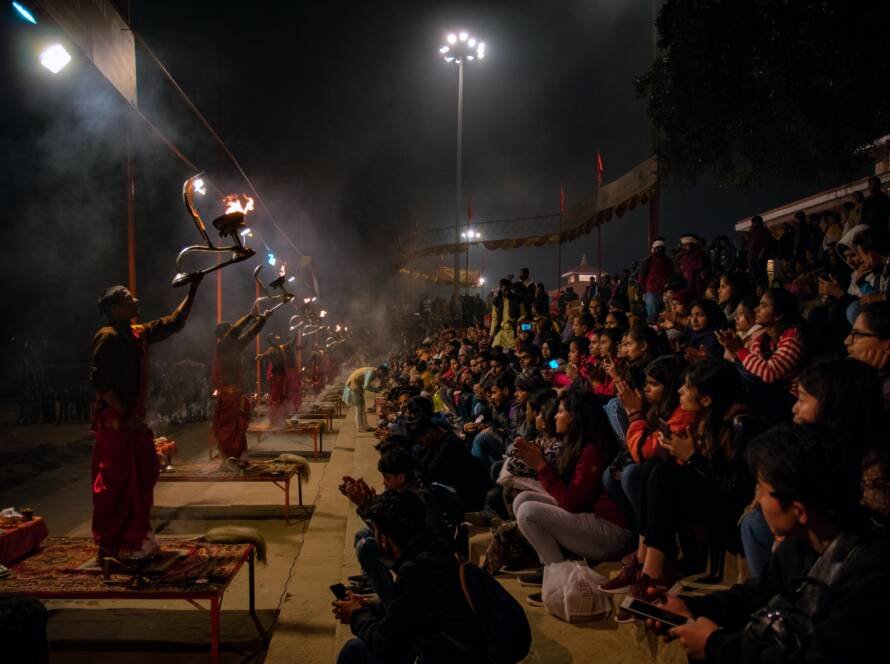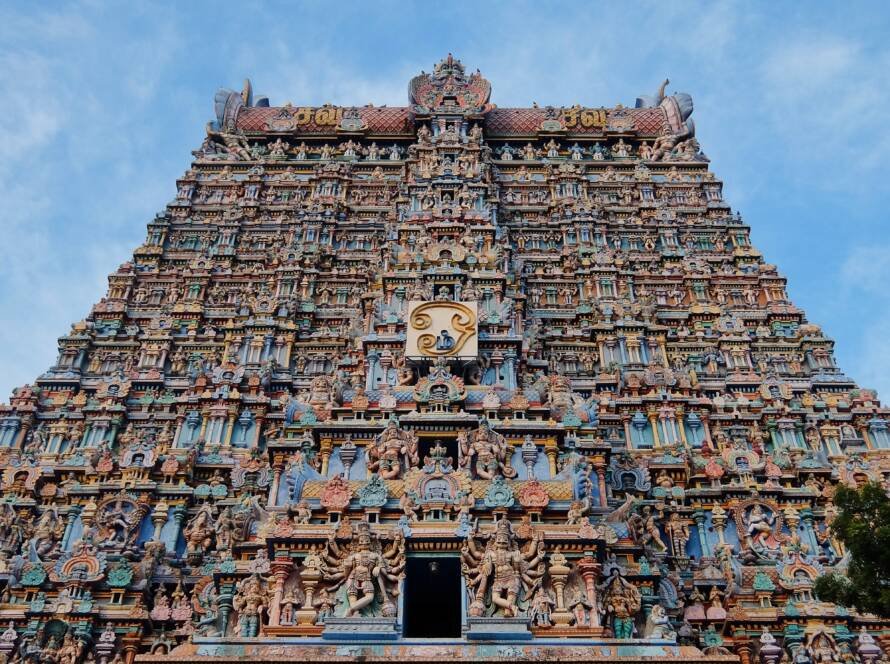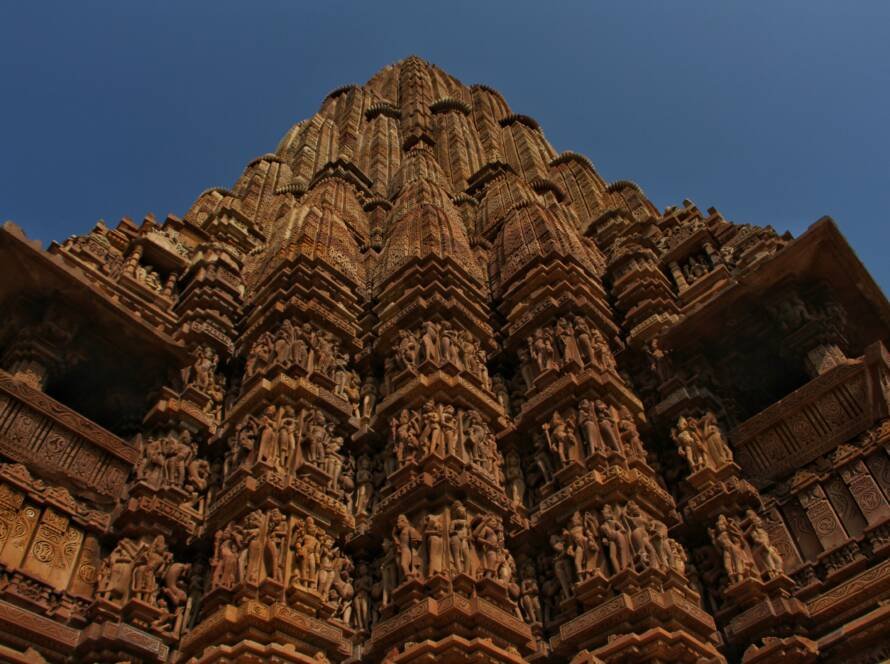In the annals of ancient Indian history, few monuments stand as tall and proud as the Brihadeeswara Temple. This monumental edifice, also known as the Periya Kovil, is a beacon of Dravidian architectural brilliance and spiritual significance. Located in the serene city of Thanjavur in Tamil Nadu, this temple embodies the zenith of Chola artistry and devotion, serving as a testament to the cultural and religious fervor that shaped medieval South India. Constructed during the 11th century CE under the patronage of the Chola king Rajaraja I, the Brihadeeswara Temple is not merely a place of worship but a grand celebration of divine artistry and cosmic symbolism.
Architectural Marvels: The Towering Vimana and Intricate Carvings
Rising imposingly above the cityscape and dominating the skyline of Thanjavur, the temple’s most striking feature is it’s vimana, or tower, which soars to a staggering height of 216 feet. This towering structure, crafted from granite, is one of the tallest of its kind in India and serves as a visual representation of Mount Meru, the center of the Hindu cosmos. The sheer scale and grandeur of the vimana reflect the temple’s role as a cosmic axis, bridging the earthly and divine realms.
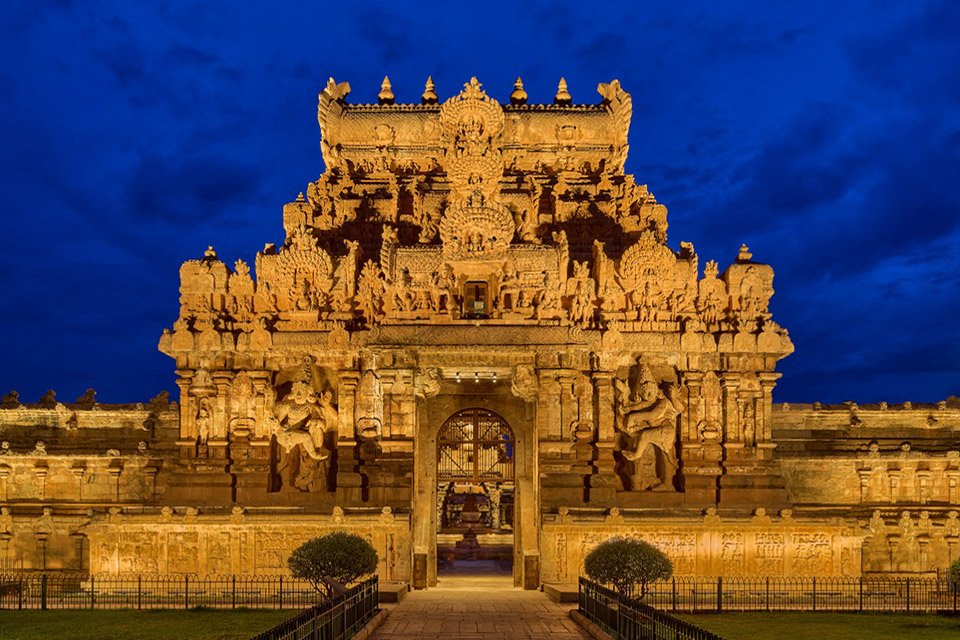
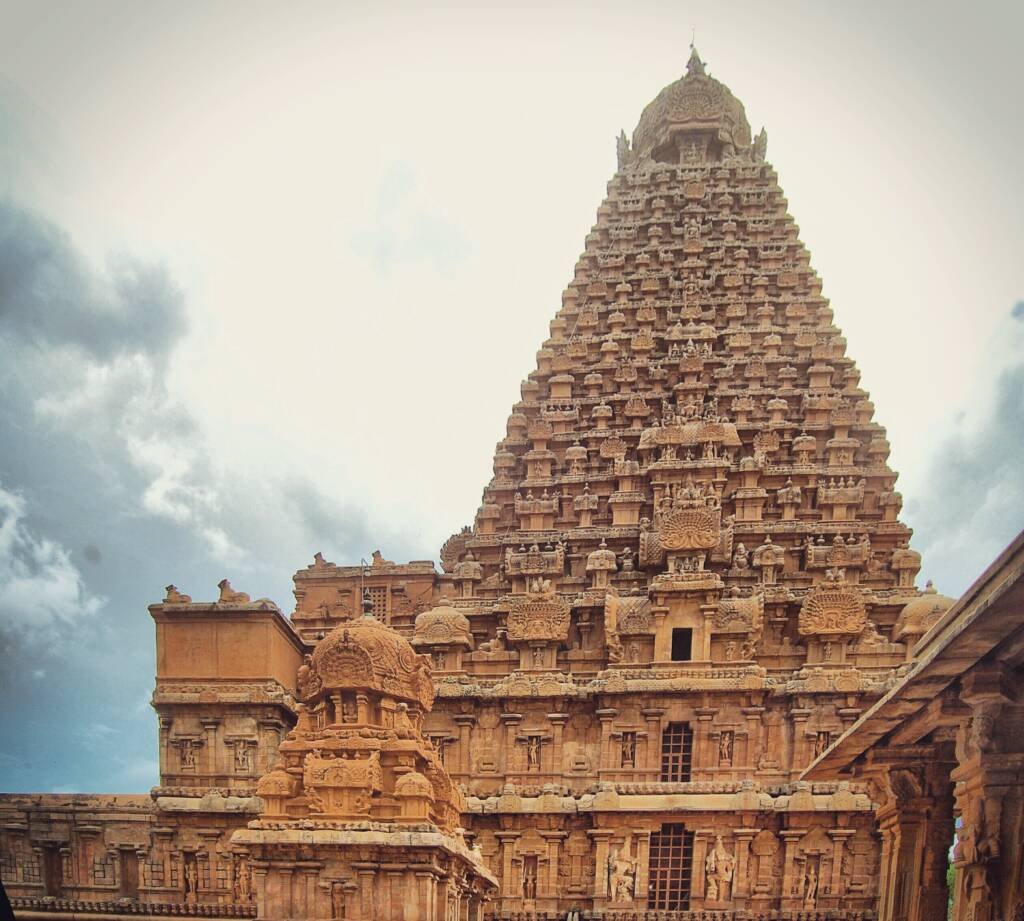
The temple’s walls are a canvas of intricate carvings that narrate the epic tales of Hindu mythology. Scenes from the Ramayana and the Mahabharata, skillfully rendered in stone, offer a glimpse into the rich tapestry of ancient Indian religious narratives. These carvings are not just decorative; they are imbued with deep symbolic meaning, representing the divine play of gods and goddesses and the eternal battle between good and evil.
A Sacred Geometry: The Temple’s Layout and Symbolism
The Brihadeeswara Temple’s layout is a masterclass in sacred geometry, with its concentric squares and numerous shrines meticulously designed to reflect the complexities of Hindu cosmology. The central sanctum, or garbhagriha, houses the main deity, Shiva, in the form of a massive lingam, symbolizing the infinite and formless aspect of the divine. The concentric arrangement of the temple’s courtyards and shrines mirrors the cosmic order and the divine plan that governs the universe.
The temple complex is also home to a series of smaller shrines and courtyards, each serving a specific ritualistic and devotional purpose. The Nandi Bull, a colossal statue situated in front of the main sanctum, guards the sanctity of the temple and adds to its spiritual gravitas. The presence of numerous mandapams, or pillared halls, provides space for congregational worship and elaborate ceremonies, highlighting the temple’s role as a vibrant center of religious and cultural life.
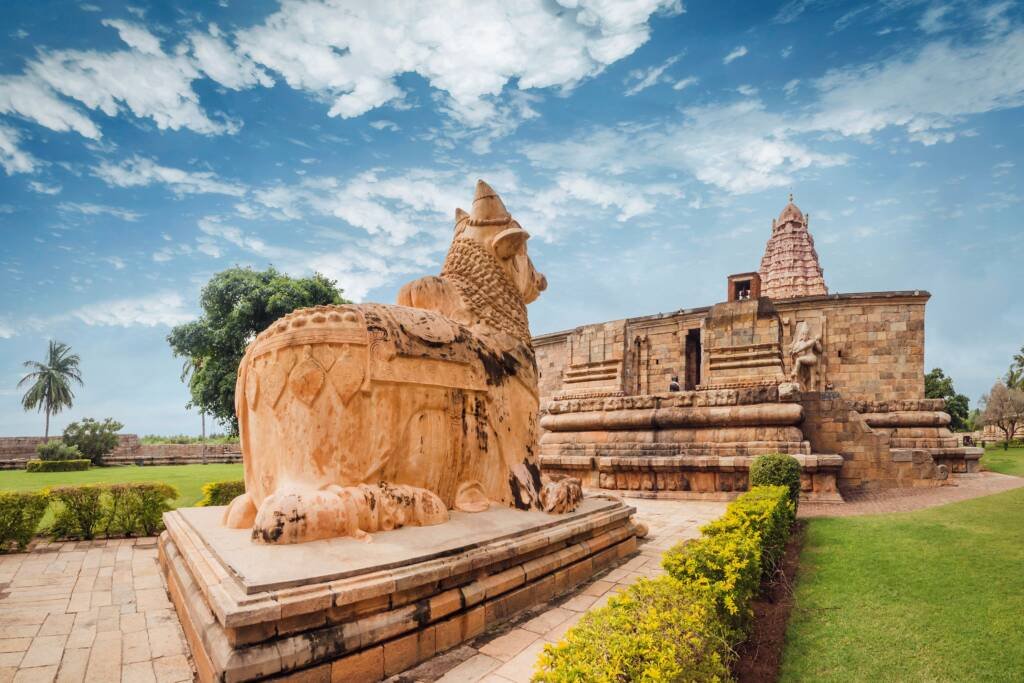
A Cultural and Spiritual Hub
Beyond its architectural and spiritual significance, the Brihadeeswara Temple is a cultural epicenter, hosting a plethora of festivals and celebrations throughout the year. These events, ranging from grand processions to intricate rituals, reflect the enduring vibrancy of Tamil Nadu’s religious traditions. The temple’s role as a community hub underscores its importance not only as a place of worship but also as a living symbol of cultural continuity.
Enduring Legacy and Significance
The Brihadeeswara Temple stands as a monumental testament to the artistic and spiritual achievements of the Chola dynasty. Its grandeur and intricate craftsmanship offer a glimpse into a bygone era of architectural and devotional excellence. As a UNESCO World Heritage Site, the temple continues to captivate visitors from around the world, inviting them to explore its sacred spaces and unravel the profound spiritual and cultural narratives embedded within its walls.
Visiting the Brihadeeswara Temple is more than a journey through architectural splendor; it is an immersion into the divine, a celebration of ancient artistry, and a reflection on the enduring legacy of Hindu spirituality.

